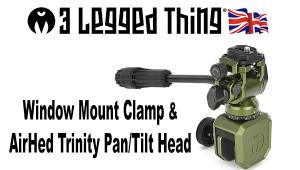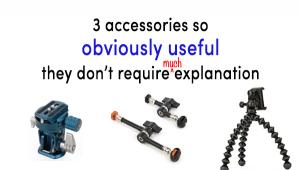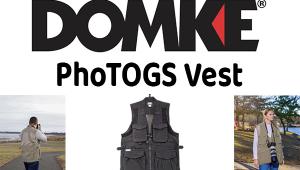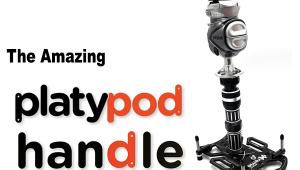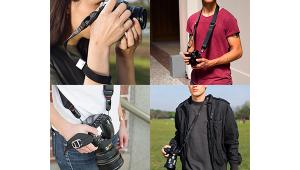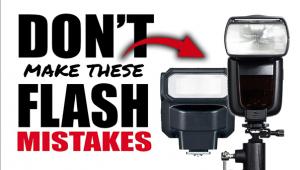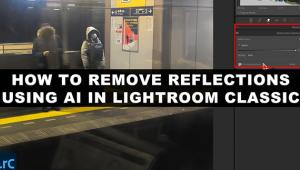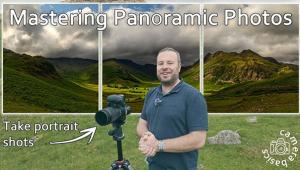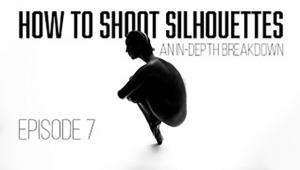7 Reasons You Should Use a Handheld Light Meter
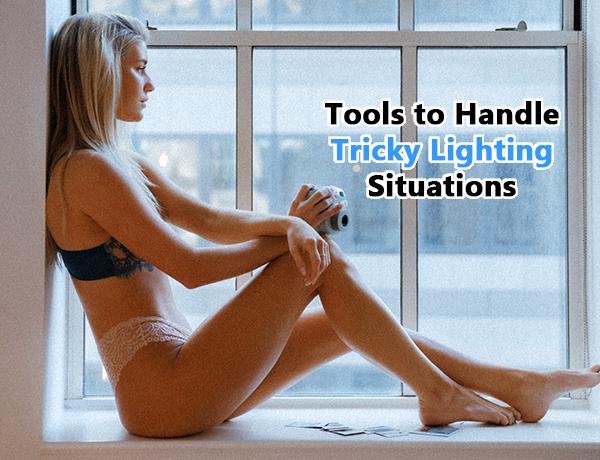
Modern cameras have excellent AE (Automatic Exposure) features, so users can get great shots without thinking much about what’s happening under the hood. The light meter, of course, is built-in and somewhat autocratic—and therein lies the rub.
There was a time when photographers had to spring for a handheld exposure meter or be a damn good guesser.
Not that long ago, picture takers had to adjust the aperture (f/stop) and shutter speed to the correct settings in order to get proper exposures with their camera. External handheld meters came along first, then Coupled Meters that facilitated the process. Before long, all the user had to do was line up a moving needle in the camera’s viewfinder to assure that the aperture was appropriate for the shutter speed that had been selected. Fast forward to AE and Program cameras; eventually the process became easy, automatic and more-or-less transparent.
Do you know the temperature your toaster reaches while in operation? No, and you don’t care as long as the bread pops up just right, crisp and brown. Apply that same attitude toward exposure settings and you understand that you can get perfect results without knowledge of the science.
It’s counterintuitive to use an old fashioned, anachronistic handheld exposure meter in light of the fact that your camera can deliver essentially perfect exposures 93+% of the time without your interaction. Nonetheless, there are several important reasons you should use one anyway.
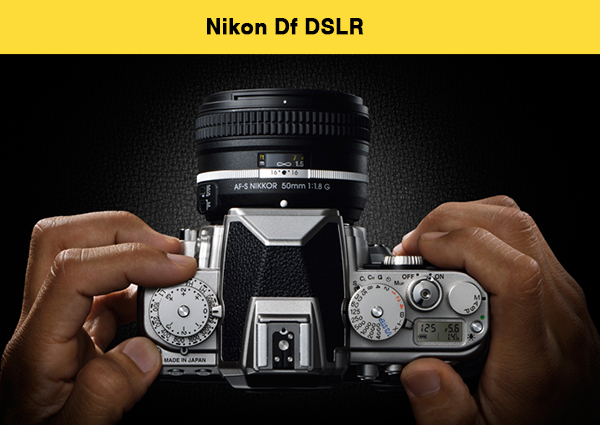
1. Forces You to Shoot Manual
Enjoy the M Spot when you use an external exposure meter. My friend thought M stood for Macro. She also thought the R on the steering column of her car was the abbreviation for Race, as in “Wanna race?”
Using Manual Exposure is easier than you possibly think. A modern handheld exposure meter can point you toward the precisely accurate exposure settings with minimal effort.
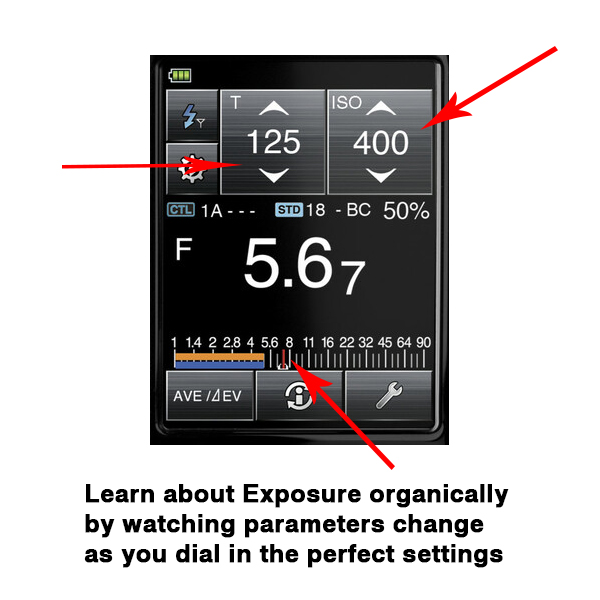 2. Deepens Comprehension of f/stop vs Shutter Speed vs ISO
2. Deepens Comprehension of f/stop vs Shutter Speed vs ISO
Because you see how the aperture changes when you adjust the shutter speed, and vice versa, you will improve your understanding of the relationship between the primary means of controlling exposure. And you will organically learn that changing the ISO sensitivity setting from 200 to 400 permits the use of a 1-stop slower shutter speed, for example.
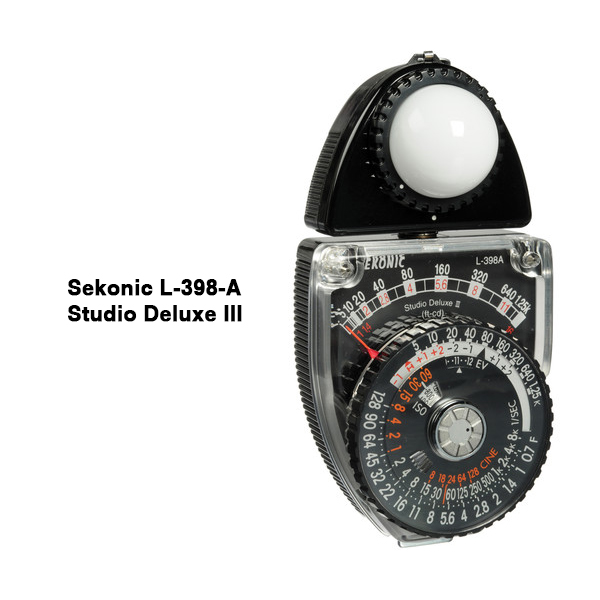 3. Keeps Your Camera Honest
3. Keeps Your Camera Honest
Even if you insist on shooting in Aperture Priority, Shutter Priority or Program mode, you benefit by having a handheld meter to confirm that the camera is performing properly. And if your camera’s meter happens to go wacky, you’ll already know how to shoot in Manual Mode and use the handheld.
 4. Sometimes Incident Reading is Best
4. Sometimes Incident Reading is Best
Incident Metering, which is a measurement of the light falling on the subject—as opposed to Reflective Metering, which reads the light bouncing off the subject—is more accurate in certain cases. Only handheld meters can read incident light.
Many meters can read both Reflected and Incident light, or can switch via an accessory.
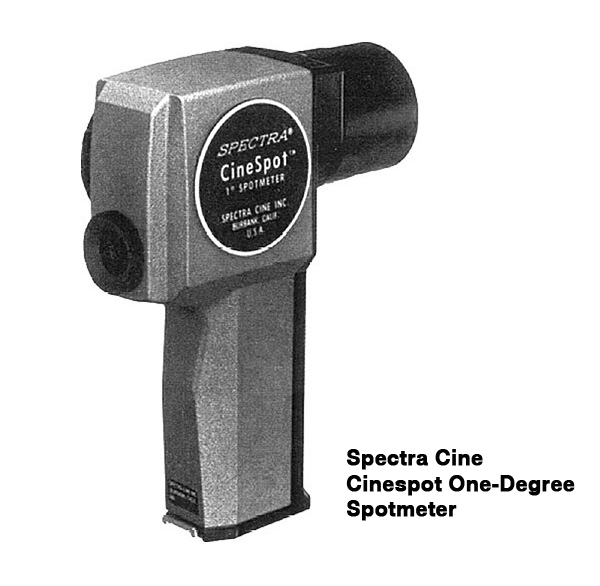 5. Some Meters Read Spot or Small Area
5. Some Meters Read Spot or Small Area
Some handheld meters can limit their light sensing to a very narrow angle, sometimes even as small as 1°. You have to be careful when you use Spot Metering, but it simplifies comparing the brightest areas of a scene to the darkest, and gives truer readings in strong backlit situations.
Some meters do not natively read narrow angles, but instead offer accessory attachments that enable this often overlooked feature.
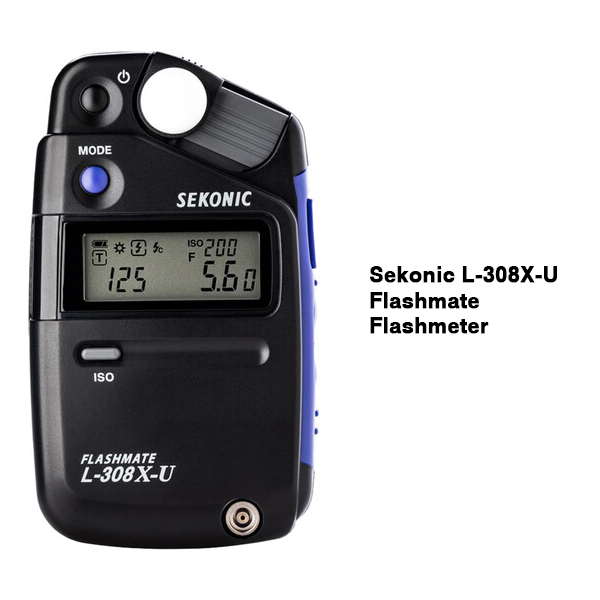 6. Some Multipurpose Meters Read Flash
6. Some Multipurpose Meters Read Flash
If you use studio lights, you cannot live without a Flashmeter. Some handheld incident/reflected meters also have the ability to read extremely brief durations—i.e., electronic flash—and are therefore treble versatile. Include the Flashmeter in the scene, test fire the flash, and the meter indicates the correct aperture for proper exposure.
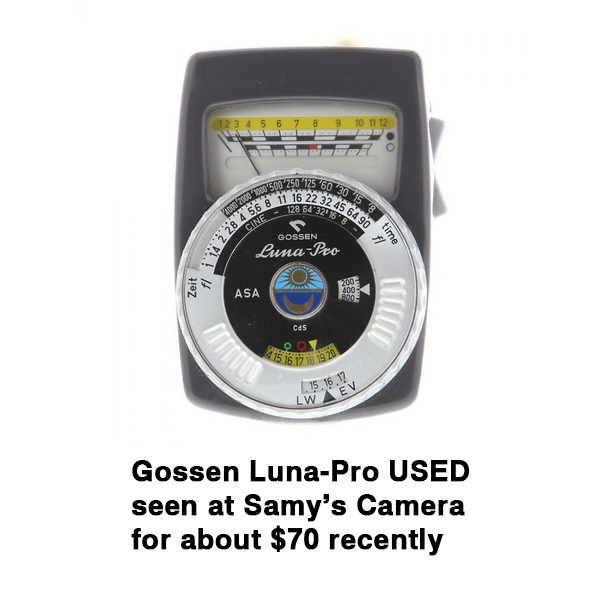
7. Affordable Fun: Often Available Used for Cheap
Older light meters are generally a real value, especially if they can be calibrated to refresh their accuracy. I currently use a Gossen Luna Pro that I know is at least 40 years old. It still does everything it’s supposed to, and does it to my satisfaction.
—Jon Sienkiewicz
(As an Amazon Associate, Shutterbug earns from qualifying purchases linked in this story.)



